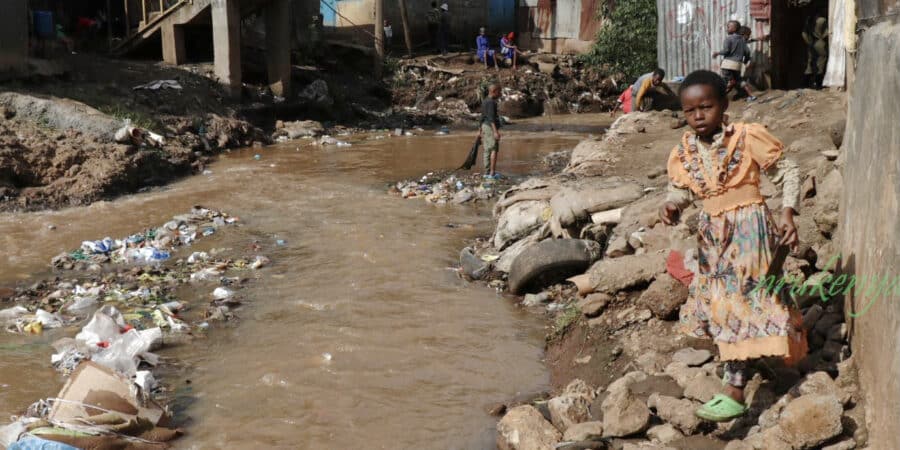According to the United Nations, 42% of the population in Sub-Saharan Africa continue to live below the poverty line. Though significant strides had been made pre-pandemic to alleviate poverty in many Asian countries, sub-Saharan Africa is expected to see large increases in extreme poverty due to the pandemic. So what is poverty anyway? Poverty is different from being poor; it entails more than the lack of income and shelter. Manifestations of poverty include hunger and malnutrition, limited access to education and other basic services, social discrimination and exclusion, as well as the lack of participation in decision-making. Extreme poverty is defined as living on $1.25 or less a day.
Bringing is closer to home with a few stats.
The 8 facts below reveal that many in Africa do not have the resources to ensure sustainable livelihoods. Remarkable efforts have been made to end poverty. But the persistence of poverty, including extreme poverty, continues to be a major concern in Africa.
- Approximately 1 in 3 people living in sub-Saharan Africa are undernourished. The U.N. Millennium Project reported that over 40 percent of all Africans are unable to regularly obtain sufficient food.
- In sub-Saharan Africa, 589 million people live without electricity. As a result, a staggering 80 percent of the population relies on biomass products such as wood, charcoal and dung in order to cook.
- Of the 738 million people globally who lack access to clean water, 37 percent are living in sub-Saharan Africa. According to the U.N. Millennium Project, more than 50 percent of Africans have a water-related illness like cholera
- Fewer than 20 percent of African women have access to education. Uneducated African women are twice as likely to contract AIDS and 50 percent less likely to immunize their children. Meanwhile, the children of African women with at least five years of schooling have a 40 percent higher chance of survival.
- Women in sub-Saharan Africa are more than 230 times more likely to die during childbirth or pregnancy than women in North America.
- 6. Extreme poverty disproportionately affects children. Around 46% of those living in poverty are children under the age of 14.
- More than one million people, mostly children under the age of five, die every year from malaria. Malaria deaths in Africa alone account for 90 percent of all malaria deaths worldwide. Eighty percent of these victims are African children. The U.N. Millennium Project has calculated that a child in Africa dies from malaria every 30 seconds, or about 3,000 each day.
- 79% of those living in extreme poverty live in rural areas.
According to the 2019 Sustainable Development Goals report, the rural poverty rate is more than three times higher than the rate in urban and suburban regions.
Our solution to help alleviate extreme poverty?
Microfinancing Partners in Africa partners with grassroots organizations to help them expand their microfinancing efforts. Although our partners have different approaches to offering people a hand up, they have many elements in common. We have come to see these shared elements as best practices, or “Microfinancing the Microfinancing Partners in Africa Way.” They are:
- Lifting up people in extreme poverty
- Operating as a nonprofit (proceeds are folded in to reach more people)
- Embracing “first you must save”, valuing savings as well as small loans
- Open to anyone regardless of religion, race, tribe, ethnicity
- Providing ongoing training and support to ensure success
- Having accountability for loan repayments or pay-it-forward commitments
- Each of these projects is sustainable with or without Microfinancing Partners in Africa’s involvement
By providing grants for the strengthening and expansion of microfinancing programs in Africa, Microfinancing Partners in Africa empowers those living in extreme poverty to lift themselves up with dignity through access to services and education.
See where we’re working and how we’re making an impact.

